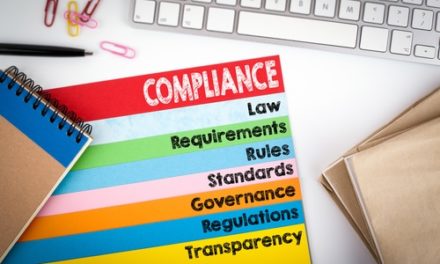
Stranded Assets
As developed countries swiftly move toward renewable energy sources and electric vehicles, the value of carbon energy reserves will decrease. Read this post to learn more about stranded assets.
To view the full article please register below:
Stranded Assets
Stranded Assets: Does Your Portfolio Manager Have an Exit Strategy?
Investment success is as much an exercise in identifying emerging dangers—such as stranded assets—as it is in detecting new opportunities. Perhaps the biggest challenge confronting investors today is climate change and the wind down of a carbon-based economy.
As developed countries swiftly move toward renewable energy sources and electric vehicles, the value of carbon energy reserves will decrease. These reserves of oil, gas and coal are integral to how energy companies are currently priced by investors. However, technological and regulatory changes could make exploiting these carbon reserves uneconomical, rendering them as “stranded assets.”
The Impact of Stranded Assets
According to a study in “Nature” magazine, an estimated one-third of current oil reserves, half of gas deposits and more than 80 percent of coal would have to remain in the ground if countries were to meet the global temperature goals contained in the Paris Agreement.1
It is, of course, difficult to estimate exactly what this may cost investors since it’s impossible to predict the pace of change and how companies will respond to the shifting landscape.
In a study commissioned by the European Union Parliament, it was calculated that the total exposure to EU financial institutions exceeds €1 trillion, with exposures of approximately €260-330 billion for EU pension funds, €460-480 billion for banks and €300-400 billion for insurance companies. These estimated exposures are roughly 5 percent of total assets for pension funds, 4 percent for insurance companies and 1.4 percent for banks.2
Gathering Momentum for Disclosure
The SEC requires that all public companies disclose any risk that may have a material impact on a company’s financials, but presently there is an absence of any real guidelines when it comes to reporting climate change risks, such as stranded assets.
A task force established by the Financial Stability Board, which is chaired by Bank of England Governor Mark Carey and led by Michael Bloomberg, has developed voluntary recommendations for climate-related disclosures. For now, 237 companies have committed to supporting the financial disclosures created by the task force.3
Given the spotty nature of disclosure, it may be hard for most advisors to satisfactorily determine how stranded assets may impact their clients’ portfolios. However, to the extent that client assets are managed by outside money managers, it may become time to add a new question to your ongoing due diligence process … “as the portfolio manager, what do you see the impact of stranded assets will be on the portfolio’s holdings over the near and long-term?”
Sources:
- https://www.nature.com/articles/nature14016
- http://reinhardbuetikofer.eu/wp-content/uploads/2014/03/GND-Carbon-Bubble-web1.pdf
- https://www.fsb-tcfd.org/wp-content/uploads/2017/12/TCFD-Press-Release-One-Planet-Summit-12-Dec-2017_FINAL.pdf
See referenced disclosure (2) at https://blog-dev.americanportfolios.com/disclosures/












